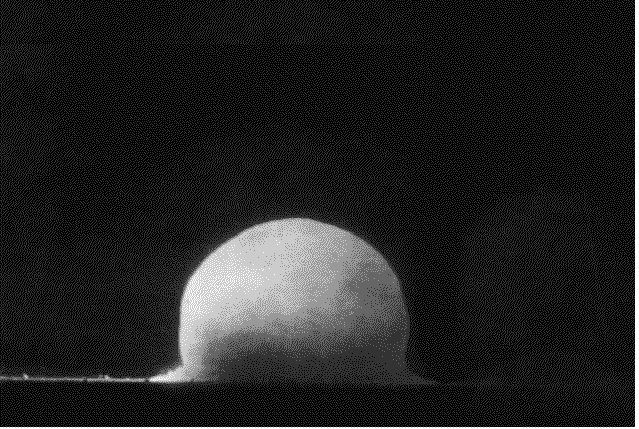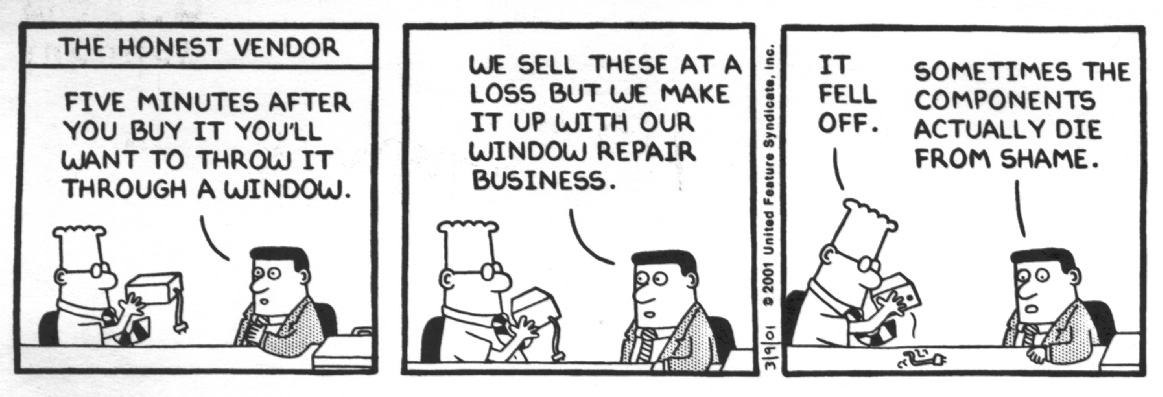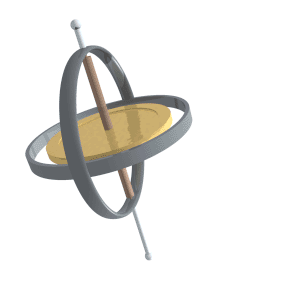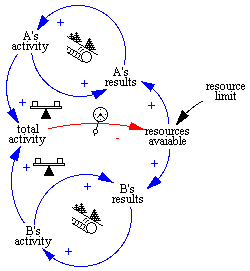“The fear of impending nuclear annihilation may have seeded my interest in combating fracture, but the same fear also directed me down a path that would ultimately provide the tools necessary to achieve that goal."
"the power of the atomic bomb was unleashed by splitting the atom. . . . I began to construct a model that would explain this observation--[ that a butter knife was incapable of slicing through an atom ].”
(Eberhart; pp. 3-4.)
Why Things Break: Understanding the World by the Way it Comes Apart
Chapters
- Atoms, Marbles, and Fracture
- Ancient Art, Ancient Craft
- Ancient Science
- Embrittlement and other coincidences
- Shocking Simply Shocking
- Things that Don't Break
- When the Going Gets Tough
- Only the Tough Get to Go
- Why ask Why?
- Right Answers, Wrong Answers, and Useless Answers
- Inside Materials by Design
- Materials by Design Resurrection
- It's Broke We've Got to Fix It
-- avoiding catastrophe as survival technology:
atomic structure, airplanes, contemporary systems and complexity.
complex of complementary tools
the systemic perspective is indispensable in understanding technology and it consists of:
- cause and effect
- exaptation (pp. 19-20) and adaptive versus maladaptive responses
- synergy and convergence
- systems engineering and troubleshooting
Modifications of techniques & still the invention fails.
How desirable is performance for the products in which we invest time and treasure?
Aslihan Yener, Assistant Professor in the Oriental Institute, believes a mine and an ancient mining village she found in the Central Taurus Mountains in Turkey demonstrate that tin mining was a well-developed industry in that area as long ago as 2870 B.C., at the dawn of the Bronze Age.
The site of the mine, Kestel, is about 60 miles north of Tarsus. Yener's work at the mine and at nearby Goltepe, an ancient miners' village, provides new insights into the development of the tin industry. Perhaps most important is her discovery that tin can be smelted in crucibles at relatively low temperatures, a finding that may change established theories about economic and metallurgical developments in the Bronze Age Mediterranean world.
"By closing a significant gap in our understanding of metal production, our research has become central to interpretive efforts aimed at understanding the use of metals in urban areas," she said.
The Bronze Age, which began about 3000 B.C., was a time of great economic expansion throughout the Middle East. During this time, great city-states such as Troy rose in Anatolia (modern Turkey) and empires developed in Mesopotamia.
"Tin's economic role in the metal technology of the time is perhaps akin to that of oil in industry today. It was the most important additive to the then high-tech metal of its age -- bronze," Yener said.
Bronze is an alloy made by combining copper with as much as 5 to 10 percent tin. Because it is more easily cast in molds and harder than copper, bronze replaced copper in the production of tools, weapons and ornamental objects. The Bronze Age lasted until 1100 B.C., when iron became the most important metal in manufacturing.
Despite the importance of bronze and the role tin played in its production, scholars have long believed that tin was not readily available in the Middle East. Later cuneiform texts on clay tablets speak of sources to the distant east, and researchers have believed that perhaps Afghanistan was the only likely location of tin mines. Yener's discovery shows that tin came from local as well as imported sources.
Fine technology for the automated age; Compasses & gyroscopes
Gyroscope and Compass
In what dimensions are these fine tools essential to our survival?
(Chapter 3, the airplane crack in the fuselage)
immortality and the promise of nanotechnology engineering
A number of significant innovations today in business methods based on the internet, developed in Japan, the US and Europe -- making commercial credit more liquid and available worldwide for investment, using genes and genome engineering to create synthetic organisms, utilizing marine research into radar, sonar, and lidar, -- that were by the beginning of the 21st century combined in a powerful synergy of wireless products that venture capital brokers and bankers could manipulate to create "enterprises on a scale previously unheard of" leading to a public (satellites) private (mobile telecom corporations) partnership that transformed communications, surveillance and mapping.
Siry addition to Kranzberg, 79-80.
Today the web of technical inventions and related technological complexes are so vast and intricate that we are altering the oceans, air and radiation exposure of the earth. The combined impact of people, their tools and support system are measured in terms of the combined impact on surroundings and is called an ecological footprint.
How does this page relate to the class?
Relations are key to comprehend any technical problem.
Pursell | Pacey–World | Postman | Head | Tenner |Pacey–meaning| Eberhart | Snow | Kaku | Boulding | Delillo | Kranzberg
Tools of Toil: what to read. Tools are historical building blocks of technology.
Additional material

This page was created, by J. Siry.












